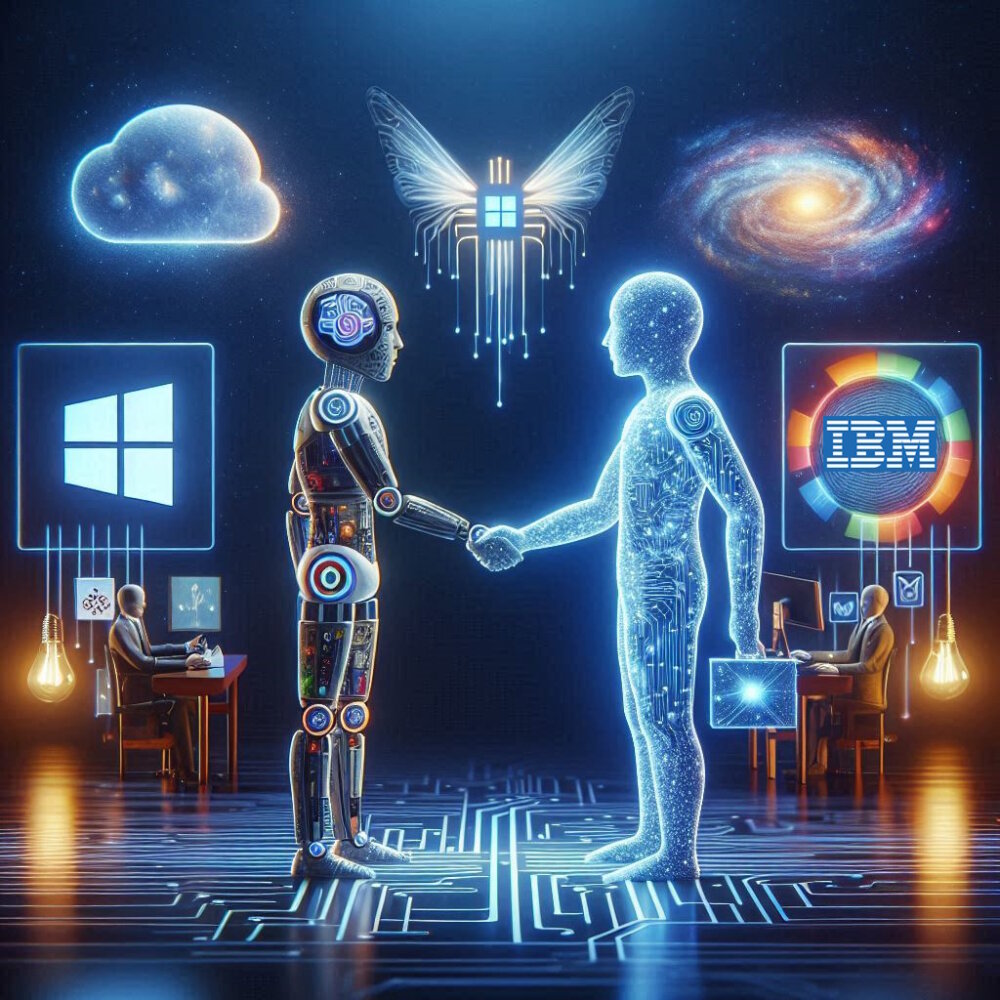
Dinosaurs de-extinct! DNA and cloning in Jurassic Park
TechFinitive x FlashForward is our exclusive newsletter. Every fortnight, we pick a technology featured in a classic movie and fast forward to where it’s at today. Subscribe to it on Substack so that you’re notified every time a new edition goes out. This edition was originally published on the 18th of September.
Flashback: A new theme park is built around an unthinkable star attraction: Dinosaurs! Genetic technology has recovered and rebuilt ancient DNA to clone Brachiosaurus, Triceratops, Tyrannosaurus and more.
Flashforward to today: Author and filmmaker Michael Crichton was a master of sci-fi stories flirting with the limits of conceivable modern-day technology, like The Andromeda Strain and Westworld. In his novel Jurassic Park, adapted by director Stephen Spielberg into a franchise-spawning 90s classic movie, Crichton came up with a string of events bringing dinosaurs into the reach of modern science that seemed pretty plausible-sounding. Or at least enough to suspend disbelief for an audience itching to get to the bit where a T-Rex eats a 4×4.
In the story, a mosquito takes a nip of a dinosaur’s blood and then gets stuck in tree resin, which hardens to amber and preserves the bug (plus its tummy full of dino DNA) for millennia. Sophisticated modern genetic techniques extract the DNA and then fill in the gaps. Voila: Velociraptors!
This pseudoscientific plot device sadly doesn’t match up to reality, either for the mosquito millions of years ago or the technology today. First off, it’s unlikely the right type of insect would be trapped in the right way to preserve the DNA. Even if a specific insect did encounter the exact chain of events required, DNA is a fragile molecule and will decay over time, especially in the presence of water.
And if it did survive, harvesting the DNA today is no simple matter. The sample might be tainted by the DNA of the insect itself, or any other DNA present (not least from the scientist doing the extracting). It might even be destroyed by the process of freeing the insect from the resin.

But the latest research still suggests intriguing possibilities. A 2020 study tried dissolving the resin with different chemicals and found that it actually is possible for DNA to survive the extraction process. The scientists then repeated the polymerase chain reaction process until they could replicate enough DNA to study the original organism’s genome.
Further research explores the possibility of finding DNA specimens from other sources. In 2021, researchers from China’s Institute of Vertebrate Paleontology and Paleoanthropology (IVPP) examined the 125-million-year-old fossil of a feathered Caudipteryx dinosaur that had been particularly well preserved by volcanic ash. They found what looked like chromosomes, which could feasibly contain DNA.
This brings us to the final obstacle of bringing back lost species: even if we could find and then reconstruct the DNA raw material, creating a living creature from nothing is beyond the realms of current technology.
Real-life cloned animals like Dolly the Sheep are possible when scientists have a complete genetic template and a surrogate mother to carry a cloned embryo. Dinosaurs have no close living relative to carry a clone, so that method is out.
However, we could get close to creatures that are less ancient than dinos. A company called Colossal Biosciences, for example, wants to bring back a woolly mammoth by editing the genotype of an elephant using CRISPR. There’s also the small of analysing billions of letters of DNA — a computational task best described as mammoth.
Even with today’s powerful computers digging through the genome, it’s worth noting that the result wouldn’t technically be a mammoth — just an elephant with mammoth-like qualities.
Who should do it?
Dinosaurs may attract all the attention, but a shocking number of species become extinct every day. Deforestation and global warming are wiping out plants, insects and animals; creatures like the Javan rhino, black rhino, Sumatran orangutan, mountain gorilla and Hawksbill turtle are close to extinction. Rather than waiting until they’re gone and trying to bring them back, maybe billionaires like Amazon boss Jeff Bezos should forget about space for a while and spend some billions on restoring biodiversity in the rainforest whose name he borrowed.
The Jeff Goldblum Award for De-Extinctification
The dodo is possibly the best-known extinct animal, but researchers from the University of California have sequenced the infamously flightless bird’s genome. As well as a mammoth-like creature, the scientists at Colossal Biosciences also propose creating a gene-edited replica of the dodo. Again, it wouldn’t be exactly the original creature, which is lost forever.
Track it down
Jurassic Park recently returned to cinemas for its 30th anniversary. In the UK, the original film (and most of the sequels) is available to watch online on Sky Cinema and Now TV. Head to JustWatch to see what platform is streaming it in your region.
Verdict
There’s still so much we don’t know about dinosaurs. Even if we never restore lost species to stomping around forests chipping lawyers out of portaloos, finding and decoding ancient DNA could allow molecular palaeontologists to transform our understanding of long-lost creatures.
Having T-Rexes in theme parks remains a bad idea though.
Down the rabbit Dilophosaurus hole
Could Jurassic Park actually happen?
Key scene: Jeff Goldblum says what we’re all thinking
Meet Form Bio, The Spinout From The Woolly Mammoth Company That Just Raised $150 Million
What else has been happening in the world?
NEXT UP

Alexey Kalachik, CEO & Co-Founder at Fively: “The potential for digitalisation within insurance is enormous”
We interview serial entrepreneur Alexey Kalachik, CEO & Co-Founder at Fively, on the future of fintech and what makes this space so exciting for startups.

IBM bolsters AI push with Microsoft Copilot launch
In a bid to boost its AI offering, IBM Consulting will enable enterprises to create and manage AI copilots – including Copilot for Microsoft 365

Andrew Kay, Director of Systems Engineering APJ at Illumio: “The most worrying development with ransomware is that it has evolved from simply stealing data to impacting IT availability”
Andrew Kay, Director of Systems Engineering APJ at Illumio, has 20 years’ experience helping organisations strengthen their cyber resilience. We interview him as part of our Threats series on cybersecurity.
